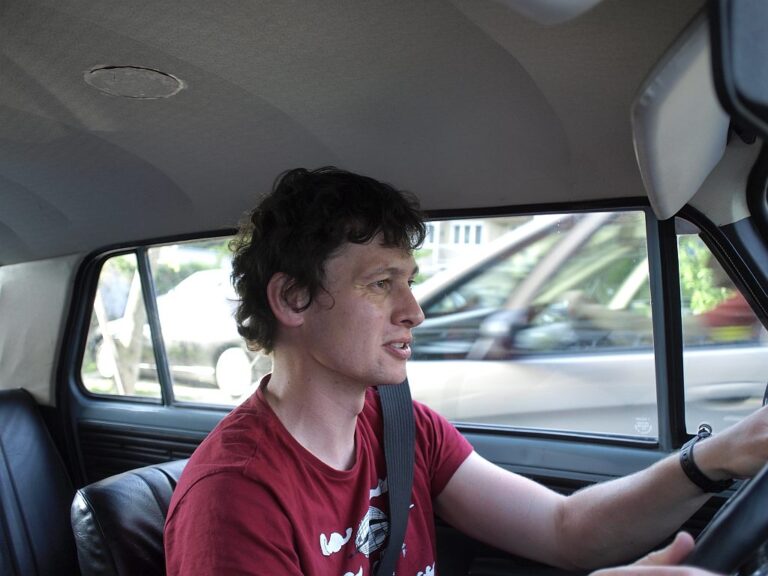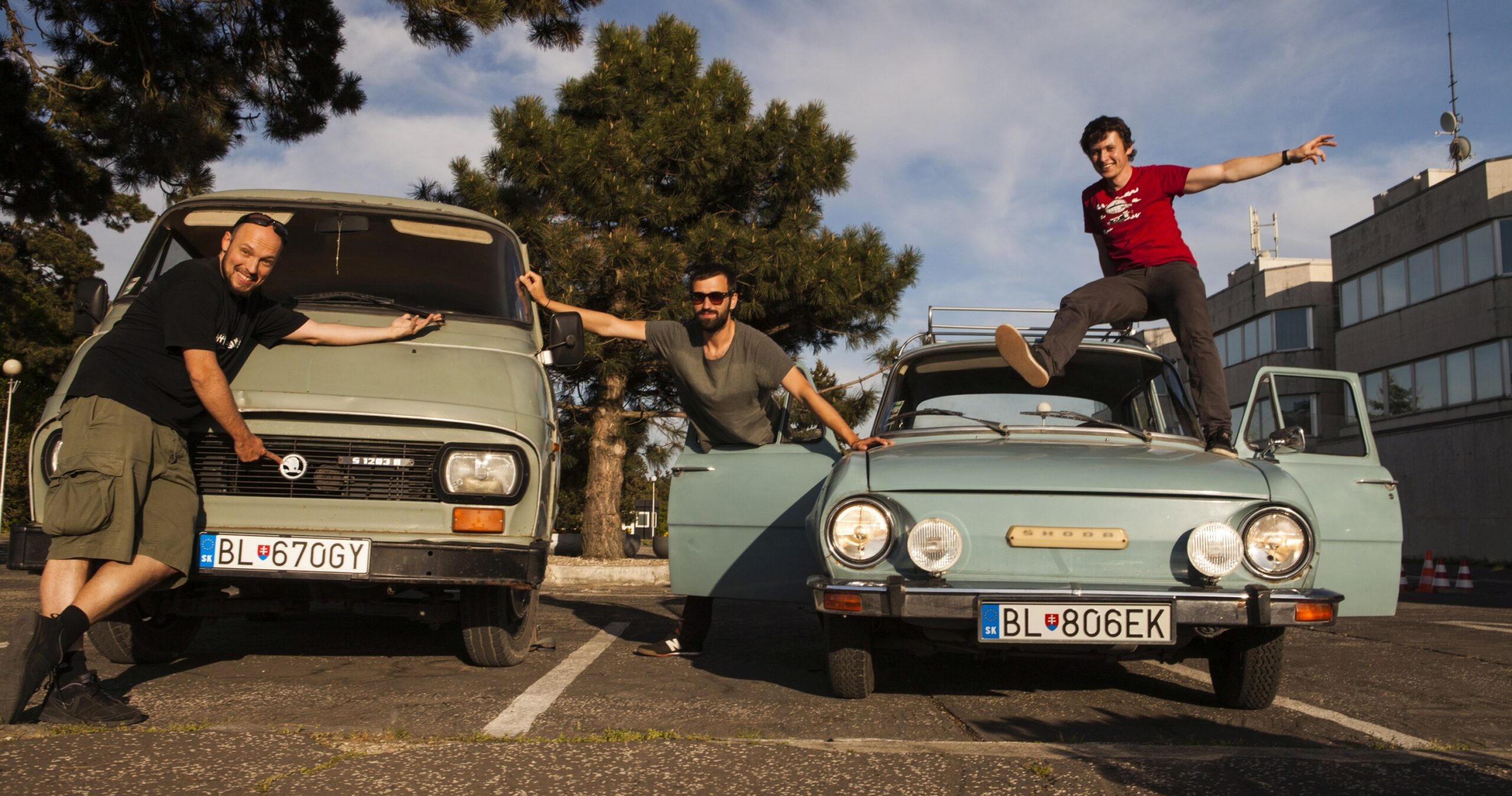Slovakia is no stranger to difficult times.
For four decades, Bratislava, the capital of the land locked nation in Central Europe, lay behind the Iron Curtain, closed off from the West and ruled by the Soviets under a strict and oppressive Communist government. What is today known as Slovakia had yet to stand as its own, rather forming part of the larger Czechoslovakia.
After the fall of Communism in 1989, Czechoslovakia peacefully split into two separate nations in what was known as the Velvet Revolution and Slovakia became an independent country in 2003. Though 25 years have passed since the Velvet Revolution and Communism has become part of the country’s past, Slovakia has undergone rapid transformations in recent years, becoming a hotspot for adventurous travelers and artists.

This Week We’re Talking To: Braňo Chrenka, Slovakia
 A native of Bratislava, Braňo is the Co-founder and CEO of Authentic Slovakia. Over the course of his life he has experienced many changes in his home country from the collapse of the communist regime in 1983 and Velvet Revolution of 1989 to a post-communist dictatorship lasting through 1998 and recent years of early capitalism.
A native of Bratislava, Braňo is the Co-founder and CEO of Authentic Slovakia. Over the course of his life he has experienced many changes in his home country from the collapse of the communist regime in 1983 and Velvet Revolution of 1989 to a post-communist dictatorship lasting through 1998 and recent years of early capitalism.


